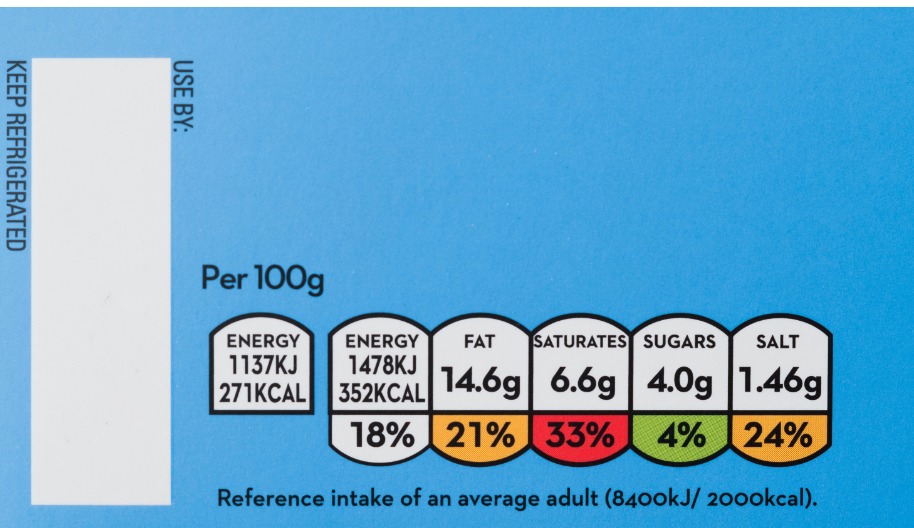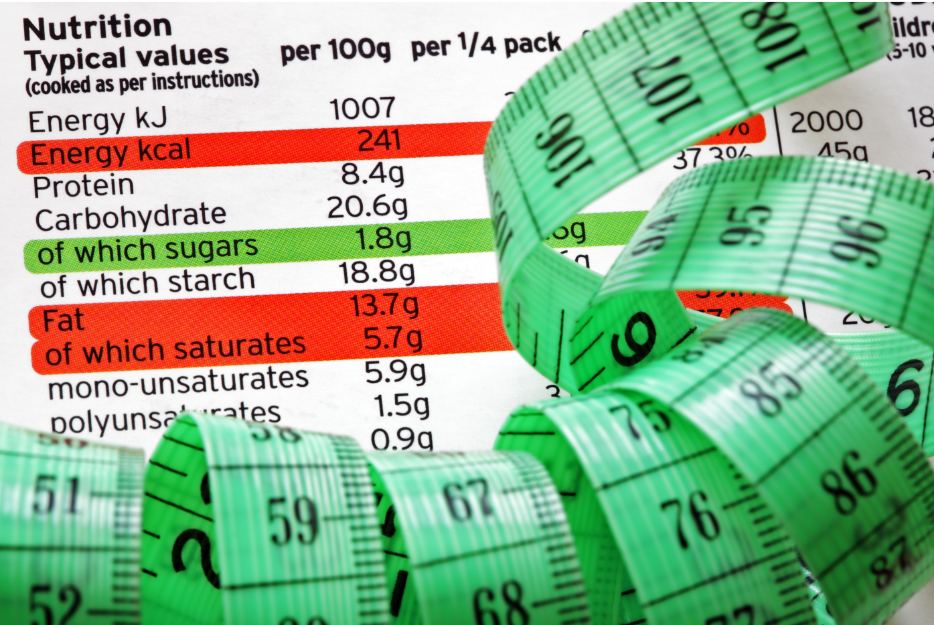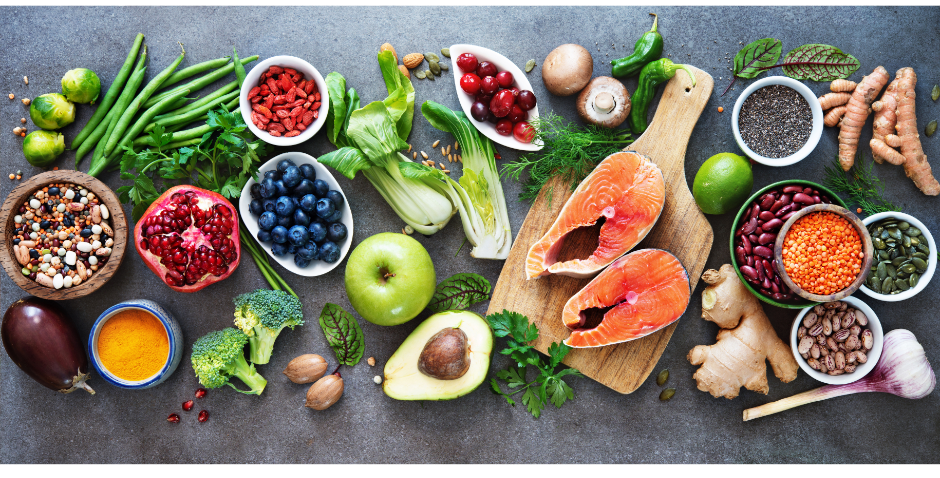Understanding food labels feels like a simple task, yet it’s a crucial skill I’ve learned that significantly impacts my health and lifestyle choices. It’s more than just glancing at the calorie count; it’s about making educated decisions that contribute to a healthy eating pattern.
The choices I make at the grocery store set the foundation for my diet, and, in turn, can affect my overall well-being. It can be overwhelming to stand in a store aisle, scrutinizing packages, but knowing what to look for simplifies the process.
Food labels are more than a list of numbers; they’re a comprehensive guide to what’s in our food. I’ll explore the different components like macronutrients, additives, and health claims, which together paint a clearer picture of the food’s nutritive value.
In the following section, I’ll demystify the Nutritional Facts Panel. It’s the box on food packaging that holds more information than most realize, from serving sizes to daily values. Understanding this panel is the first step in making healthier choices.

Decoding the Nutritional Facts Panel
When I pick up a food product and turn it around, I find a treasure trove of information. This treasure is the Nutritional Facts Panel, a detailed guide to what’s inside. But, understanding what these numbers and percentages actually mean for my health can be tricky. Let’s break it down.
The first thing I notice is the serving size. This isn’t just a suggestion; it’s a crucial benchmark for interpreting everything else on the label. Comparing products becomes a lot easier when I make a habit of checking if their serving sizes are equivalent. It helps me avoid accidentally consuming double the calories or sugar because a serving was smaller than I assumed.
Speaking of percentages, the % Daily Value (%DV) tells me how much a nutrient in a serving of food contributes to a daily diet. The general rule of thumb I follow is that if the %DV is 5% or less, it’s low for that nutrient, and if it’s 20% or more, that’s high. This quick check helps me to quickly gauge whether a product is a good or bad choice in terms of things like fiber, vitamins, and minerals.
Now, let’s talk macronutrients: fats, proteins, and carbohydrates. We’ve all heard terms like ‘saturated fat’ and ‘trans fat’, but here’s what I pay attention to: the less saturated and trans fats, the better. I aim for higher protein and fiber numbers as they help me feel full and energize my body. Carbohydrates can be complex, so I consider the source do they come from whole grains, or is it all sugar?
The fiber, vitamins, and minerals section of the panel often gets overlooked, but it’s where I find some of the most beneficial information for maintaining a healthy body. Dietary fiber is good for digestion, and vitamins and minerals support everything from my immune system to bone health. Ensuring I get enough of these nutrients can make a big difference to my well-being.

Interpreting Health Claims and Certifications
When you explore the aisles of your local grocery store, you’re confronted with a barrage of health claims and certifications emblazoned across package labels. These claims are designed to catch your eye and convince you that the product is beneficial for your health. But what do they actually mean?
It’s vital to separate the facts from the marketing fluff. Health claims such as ‘heart-healthy’ and ‘supports immunity’ are often regulated and must meet strict criteria set by government food agencies. However, terms like ‘made with real fruit’ or ‘supports digestion’ can be murkier, often not being held to any standardized definition. Knowing how to identify which claims have substance and which are merely persuasive wording can make all the difference in your selections.
Understanding organic labeling frameworks is equally crucial. The term ‘organic’ doesn’t just speak to the quality of the product but signifies that it was produced adhering to specific agricultural standards. Similarly, items labeled ‘non-GMO’ indicate they’re made without genetically modified organisms, while ‘gluten-free’ products are essential for those with celiac disease or gluten sensitivity.
Genuine certifications like the Non-GMO Project Verified seal or USDA Organic stamp guarantee that a product meets those rigorous standards. When you see these certifications, you can trust that an independent body has verified the claims.
As you become more skillful in deciphering these labels, you’ll be better equipped to dodge the common traps that food manufacturers set. In the next section, you’ll learn about common pitfalls hiding in plain sight on food packaging and how to sidestep them to maintain your healthy shopping goals.
Hidden Pitfalls: What to Avoid on Labels
When you’re navigating the grocery store, food labels can be deceiving. Labels such as ‘natural’ and ‘artisan’ might imply healthier options, but lack clear definitions regulated by food agencies. They can sometimes be little more than clever marketing.
Sugar hides under many aliases. Besides the obvious ‘sugar’, look for words ending in ‘ose’, like fructose or sucrose, and syrups. All these are sugars you should choose to minimize in your diet.
Food additives and preservatives often have complex names and numbers. While they are used to maintain product quality and safety, some may raise health concerns. It’s wise to research and understand what you’re consuming, especially if it’s something you eat often.

Practical Tips for Healthier Grocery Shopping
Making healthier choices at the grocery store doesn’t have to be a daunting task. With a bit of preparation and the knowledge you’ve gained about reading food labels, you can shop with confidence.
Always start with a list. Plan your meals for the week ahead and jot down the ingredients you need. This not only helps you avoid impulsive buys but also ensures you purchase nutritious items for your meals.
When possible, fill your cart with whole foods. Fruits, vegetables, lean proteins, and whole grains provide your body with essential nutrients without the added sugars, sodium, and preservatives found in many processed foods.
Consider portion sizes, too. They are crucial for maintaining a balanced diet, and understanding the recommended serving size on a package can help you manage your intake effectively.
Remember, nutritional knowledge isn’t static. Stay informed about the latest dietary guidelines and health research. This ongoing education will empower you to make the best choices for your health and well-being. And remember, the foundation of a healthy diet is variety, balance, and moderation.